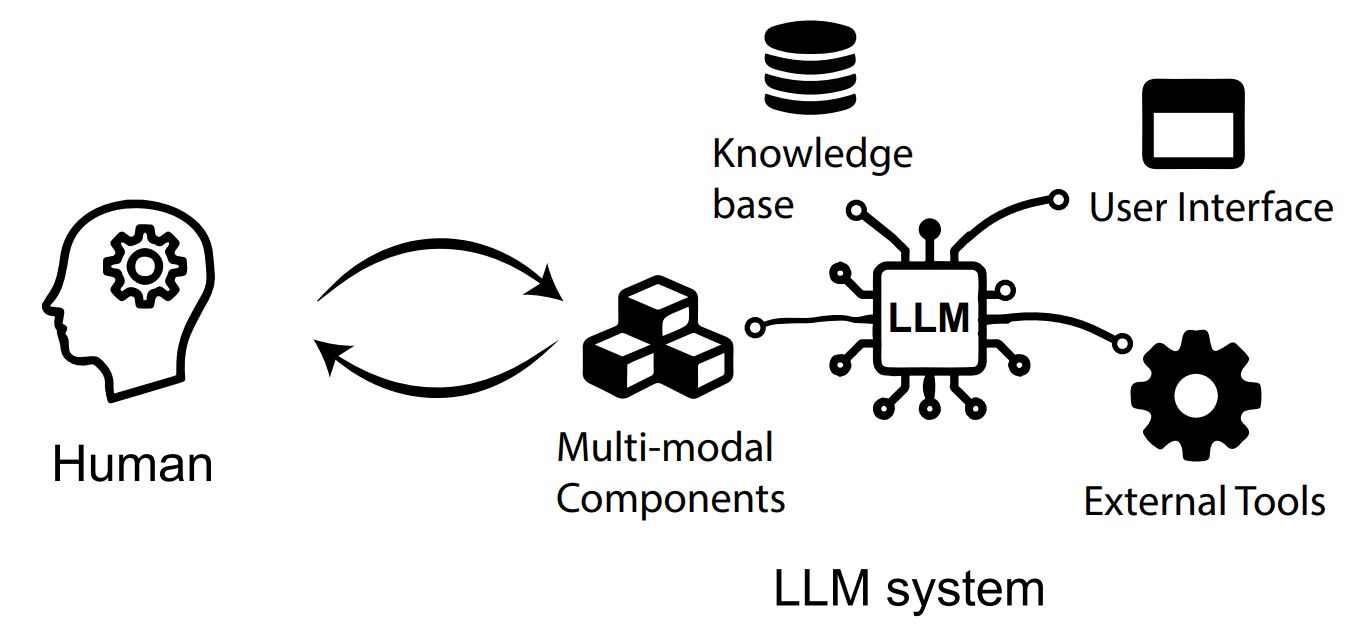What is Human-LLM Interaction?
Given the growing capabilities of LLMs and the launch of ChatGPT in late 2022, human-LLM interaction has rapidly emerged as an important branch of human-AI interaction. Although much research has started to reference "human-LLM interaction," a precise definition of this term remains vague.
In general, interaction refers to a scenario in which two or more entities communicate or respond to each other, while human-AI interaction examines and designs the ways humans and AI systems communicate and collaborate through a sequence of steps, including user input, AI output generation, and user assessment.
We expand on these definitions to establish the following understanding of human-LLM interaction:
Definition: Human-LLM Interaction
Definition 2: In this paper, we define Human-LLM Interaction as the collaborative and communicative process by which humans and Large Language Model (LLM) systems work together to perform tasks. For Human-LLM Interaction to occur, there must be a mutual influence between the human and the LLM. Specifically, the human’s input should shape the LLM’s responses, and the LLM’s output should, in turn, guide or impact the human’s subsequent actions.
Figure: Human-LLM Interaction. This diagram illustrates the basic concept of human interaction with LLMs through various elements, which we refer to as "actors". The LLM serves as the central component of the system, incorporating several actors such as knowledge bases, user interfaces, multi-modal components, and external tools.
We illustrate this concept in Figure. Note that this definition of human-LLM interaction differs from the popular topic of human-LLM alignment, which focuses on methods to ensure LLMs act in ways that are consistent with human intentions and values.
